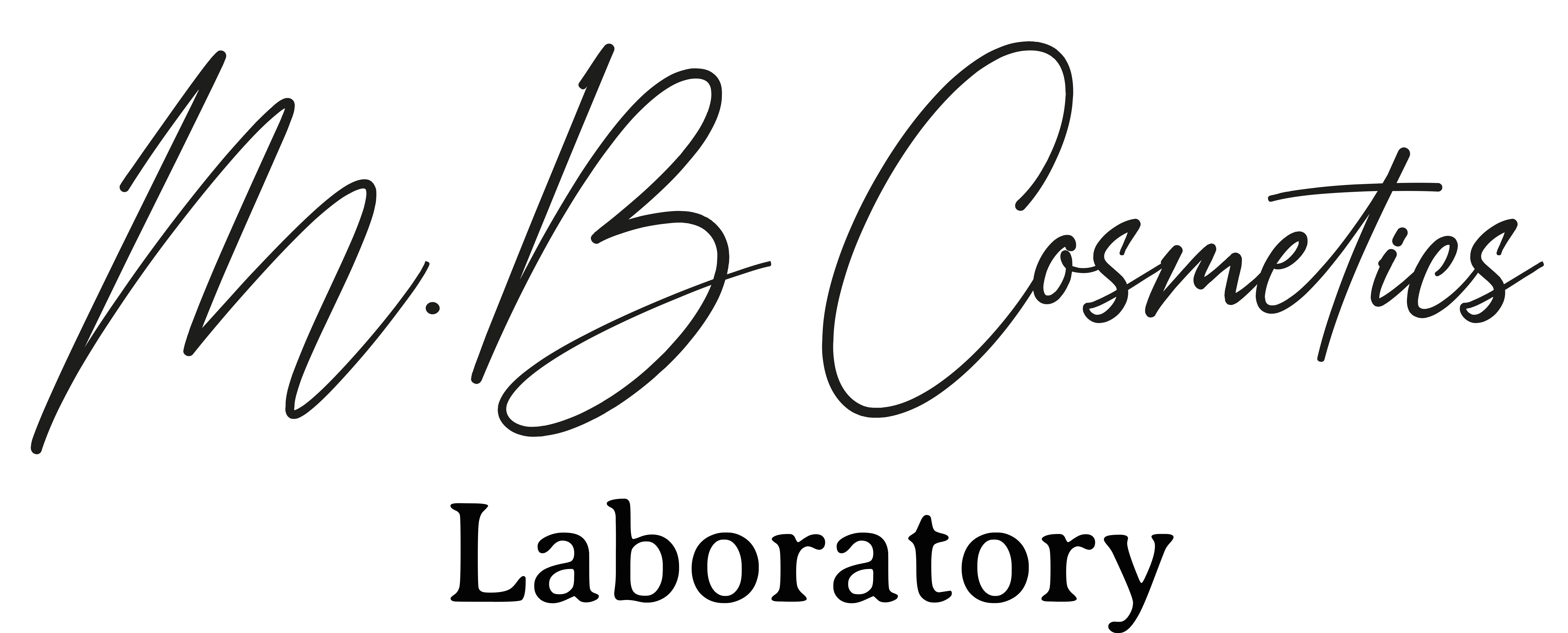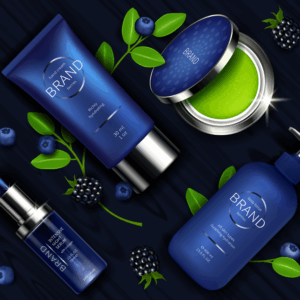Happy Summer! We are in the middle of the kids’ holidays and maybe you are away yourself, in which case I wish you a happy break and I hope you will join us back very soon for our Monday Talks!
Let’s stir up some magic in the lab with today’s hot topic all about scaling up your business!
You launched your brand with passion. You hustled to get your first products out the door. You tackled compliance, submitted your CPNP/SCPN notifications, designed packaging, and, miraculously, customers are buying. But now, things are getting harder to manage. You’re replying to DMs at midnight, juggling customer emails, and posting on Instagram between preparing orders.
If that sounds familiar, you’re not alone. Many beauty founders hit a point where their initial success starts to feel overwhelming. That’s because what got you here won’t get you to the next level. Scaling your beauty business from a start-up to a sustainable, scalable brand requires more than just great formulas and hard work, it requires systems.
Why Indie Brands Stall at the Scaling Phase
Many beauty businesses plateau not because the products aren’t good, but because the back end isn’t structured. Founders end up doing everything manually, keeping critical info in their heads or on a piece of paper, and solving every problem by putting in more hours. Delegating feels daunting or too expensive, and suddenly, growth feels like chaos instead of opportunity.
That’s why moving from craftsperson to CEO is a mindset shift. You’ll need to ask yourself: What could run without me? What needs structure to scale? Where do I add the most value? You don’t have to let go of your creative magic, but you do need a framework that supports it.
The 8 Essential Systems That Support Scaling
1. SOPs (Standard Operating Procedures)
Think of SOPs as your operations playbook. Whether it’s how your company integrates your country’s cosmetic regulation, batching a product, handling customer service inquiries, or preparing labels, having clear, repeatable steps transforms daily chaos into order. These documents allow you to train new team members, ensure consistency, and free yourself from micromanaging every detail. Some SOPs that you might want to integrate into your business: GMP Compliance, Product Recall, Labelling Requirements, Cleaning & Storage, etc.
2. Inventory and Production Planning
Scaling means bigger batches, more SKUs, and higher stakes. Do you know the cost of your next 500 or 2000 units? Are you tracking which items are low, your lead times, or supplier MOQs? Systems like Airtable, Notion, Katana, or Craftybase can help streamline inventory and production so you’re always a step ahead.
Don’t forget to price for scale. As you grow, your costs shift: MOQs increase, team costs rise, and discounts or wholesale demands become real. Revisit your pricing structure regularly. Are you building in enough margin to support future hires, packaging upgrades, or distributor fees? A beautiful product that isn’t profitable will always bottleneck your growth.
3. Email Marketing & Automated Funnels
If Instagram is your only sales channel, you’re missing out. A well-structured email marketing funnel ensures you stay connected with your audience automatically. Tools like Klaviyo and MailerLite make it easy to build these journeys and they convert better than social alone.
Think beyond the first sale. Scaling isn’t just about acquiring more customers, it’s about keeping them. Build out post-purchase flows that include order confirmation with care tips, follow-up education on how to use the product, and a reorder reminder. A seamless post-purchase experience not only increases loyalty, it also reduces customer support load.
Technology doesn’t have to be expensive to transform your workflow. For small brands, affordable tools like Trello for task management, Zapier for connecting apps, or Google Sheets for basic inventory tracking can automate repetitive tasks. These solutions save time and reduce errors, letting you focus on strategy. Start small, but think scalable. Choose tools that grow with your brand.
4. Order Fulfilment & Customer Support Workflows
Whether you’re shipping from your kitchen or using a fulfilment centre, workflows prevent burnout. Set specific packing days, automate FAQs and create templates for common customer issues. A streamlined fulfilment process means happier customers and more time for you to focus on growth.
5. Compliance & Documentation Systems
With more products come more regulatory requirements to keep track of. The number of PIFs to keep up to date, batch tracking with LOT numbers, storage for safety documents, challenge test results, CPSRs, and more. Organise everything in shared folders with consistent naming conventions so your future team (or inspector) can find what they need.
Scaling into new markets means navigating stricter regulations. For example, entering the US requires compliance with MoCRA, ASEAN markets demand alignment with the ASEAN Cosmetic Directive, etc. Invest in a regulatory consultant or software like Coptis to manage Product Information Files (PIFs) and ensure global compliance. Keep updated on EU Cosmetic Regulation changes, such as new restricted ingredients, to avoid reformulations. Proactive regulatory systems prevent costly delays and keep your expansion on track.
6. Digital Asset Management (DAM)
As your product range and marketing channels expand, so will your visual assets. Store all your product photos, social graphics, labelling templates, and brand files in a cloud-based folder system or DAM tool like Notion, Dropbox, or Brandfolder. Keep a copy of ALL your files (photos and documents) on a backup server. Name and tag assets clearly so your team (or future freelancers) aren’t hunting through emails for a flatlay you posted in 2022.
7. Team Building & Delegation Infrastructure
You might be solo now, but you won’t be forever. Start documenting tasks that could be handed off. Use Loom to screen record recurring processes. Hire support where it makes the most impact, maybe a VA, a lab assistant, or a freelance marketer. Growth-ready brands know that scaling isn’t about doing everything better, it’s about building support.
8. Financial Systems for Scaling
Financial clarity is the backbone of a scalable beauty brand. Set up systems to track your cost of goods sold (COGS), profit margins, and cash flow using tools like QuickBooks or Xero. Establish a budget for raw materials, packaging, and marketing, and monitor reorder points to avoid overstocking. Schedule monthly financial reviews to spot trends and plan for growth. A solid financial system ensures you can invest in new products or markets without risking cash flow, keeping your brand sustainable as it expands.
Delegation isn’t about losing control, it’s about stepping into your CEO role. Scaling means letting go of perfectionism and trusting others with your brand. Start with low-stake tasks and build your confidence. The goal isn’t to be less involved, it’s to be more intentional with where your energy goes.
What Not to Do When Scaling
Many founders make the mistake of waiting too long to document processes or hire help. Others get stuck reacting to daily fires instead of planning ahead. Some ignore metrics like COGS, lead times, or reorder points, key numbers that underpin every smart scaling decision. Remember: sales alone won’t make your brand sustainable. Systems will.
Don’t fly blind. As you scale, make it a habit to review key metrics: monthly revenue, reorder velocity, COGS per SKU, gross margin by product, fulfilment time per order, and email conversion rates. Even a simple spreadsheet can help you track trends, set thresholds, and make smarter decisions about restocks, discontinuations, or hires.
Systems Are Freedom, Not Control
There’s a misconception that systems stifle creativity. In reality, they set you free. With the right systems in place, you’ll spend less time explaining things over and over, stressing about compliance, or worrying that something’s slipped through the cracks. Systems give you back your energy so you can innovate, create, and lead.
As you scale, your brand identity, your story, values, and aesthetic, must remain consistent. Create a brand guideline document covering your mission, tone of voice, colour palette, and packaging style. This ensures every new product, campaign, or team member aligns with your vision. Revisit your customer avatar regularly to confirm your messaging resonates as your audience grows. A cohesive brand identity builds trust and recognition, turning casual buyers into loyal advocates even as your business expands.
Where to Start (Even If You’re Overwhelmed)
Pick three recurring tasks in your business. Write out the steps. Save them in a shared folder. Automate one email (start with a welcome sequence). Block time each week for CEO-level planning. That’s it. Keep it simple. Consistency is what builds momentum.
Before I say goodbye, let me leave you with my final thoughts:
Structure Is What Turns Chaos into Growth
You didn’t launch your beauty brand to spend every day buried in admin. You started it to make an impact, share your vision, and create a brand that can thrive and grow, maybe even one day sell.
Structure gives your creativity space to breathe. Systems are the foundation that allows your brand to scale smoothly, sustainably, and with less stress.
So if you’re feeling stretched thin, it’s not a sign to quit. It’s a sign to systemise.
Here’s to formulas that work and brands that thrive!
From My Lab to Yours!
Morgane









Add comment